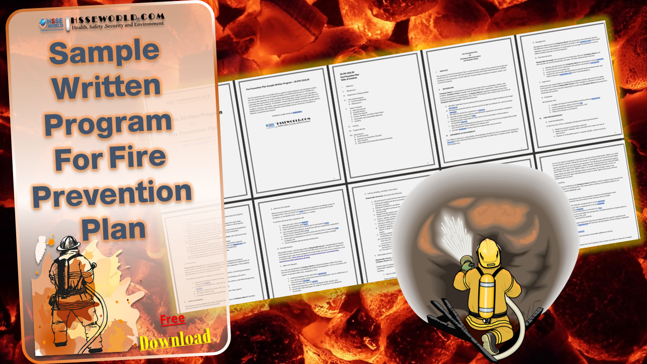Lockout tagout is a critical component of employee safety and workplace productivity. We know that regulatory requirements dictate that you must be lockout tagout compliant. But what does that really mean for you, your employees and your safety program?
Why Lockout Tagout?
Lockout tagout is an important safety component to your workplace. In fact, it’s critical to safeguarding workers and employees around the machinery and equipment they operate, service and maintain.
This important safety practice involves de-energizing electrical circuits, closing valves, neutralizing extreme temperatures and securing moving parts so hazardous energy isn’t re-introduced while equipment is being serviced. That way, your employees can get their job done as safely as possible to keep your operation running efficiently.
Beyond the Products
An effective lockout tagout program goes beyond the locks, tags and devices. In fact, the majority of citations are a result of a lack of proper lockout procedures, program documentation, periodic inspections or other procedural elements. Lockout tagout programs are most successful when you look at the complete safety picture. That means making sure employee training, instructive procedures, the right products and a dedication to continuous improvement are all part of your program. By taking this approach,
you could realize greatbenefits throughout your organization, including:
• SAVING LIVES – Preventing an estimated 250,000 incidents, 50,000 injuries and 120 fatalities annually
• CUTTING COSTS – Significantly decreasing lost employee time and insurance costs
• IMPROVING PRODUCTIVITY – Reducing equipment downtime By taking a comprehensive approach to your lockout tagout program, just think of the accidents you could prevent.
DID YOU KNOW?
A typical lockout program can contain over 80 separate elements? This includes creating, maintaining and updating equipment lists and hierarchies, task-specific procedures and workplace regulations (such as confined space entry requirements).
To keep these tasks manageable, we split them into 6 key elements. Let’s get started:
1. Program/Policy
The first step to lockout tagout success is developing and documenting your equipment energy control policy/program. A written lockout document is the skeleton of your overall lockout program – It essentially establishes and explains the elements of your program.
It’s important to take into account not only OSHA’s guidelines, but also custom requirements for your employees that ensure they can understand and apply the program to their workday.
A program is not a one time fix, it should be reviewed on an annual basis to ensure it’s still relevant and effectively protects employees. Creating a lockout program should be a collaborative effort from all levels of the organization.

Table of Contents
CHAPTER 1
Understanding Lockout Tagout
What is lockout tagout and what does it mean for you? 3
CHAPTER 2
Regulatory Overview
Get to know the requirements behind this safety must-have. 7
CHAPTER 3
6 Essential Elements for Compliance
Find out what you need to get your lockout program on the right path. 13
CHAPTER 4
The Cost of Non-Compliance
Not sure it’s worth it? Think again! 21
CHAPTER 5
Lockout Tagout Program Checklist
Evaluate the current state of your program and see how it stacks up. 24
CHAPTER 6
The Path to World Class
Learn what it takes to go above and beyond compliance basics. 28





thank you